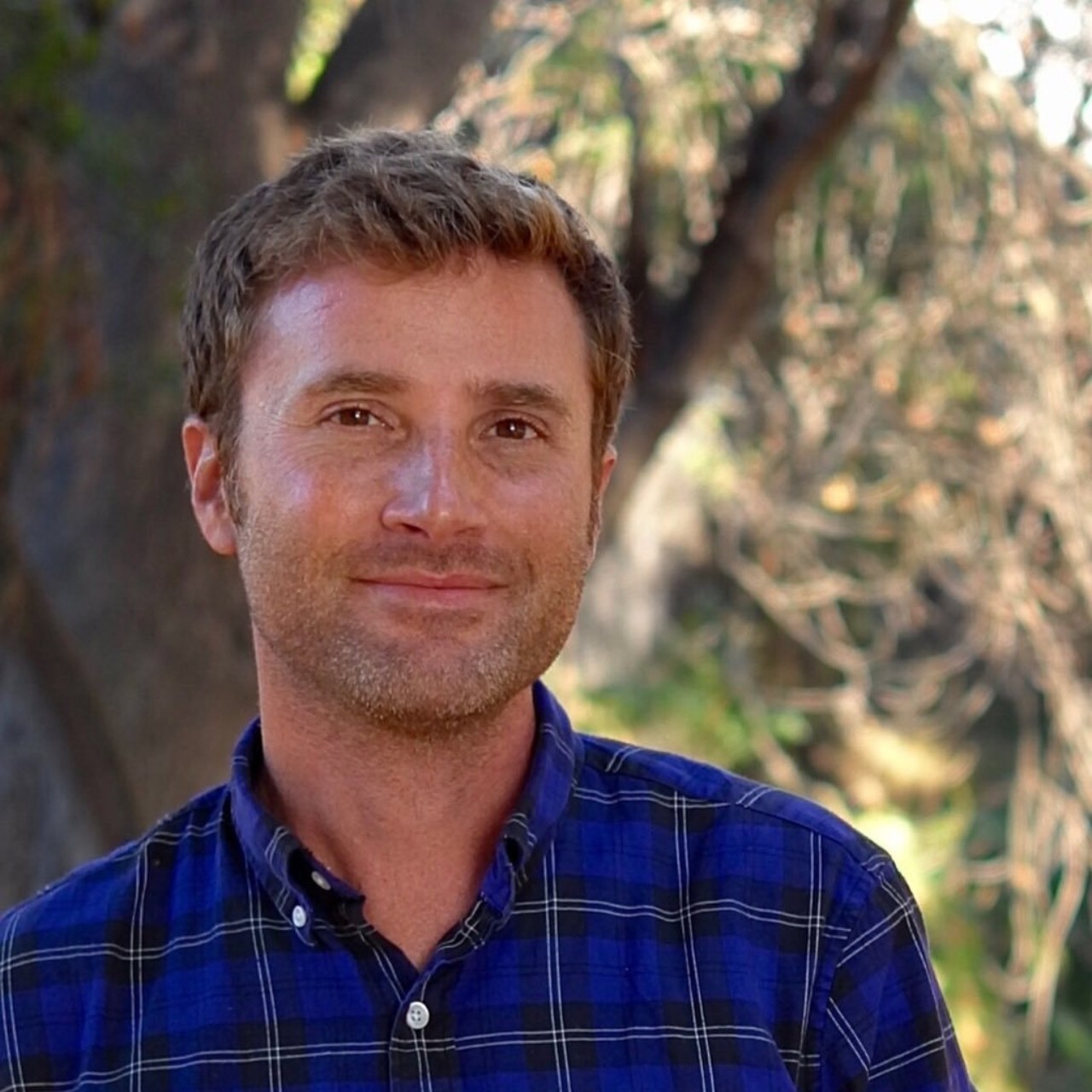
Follow Noah on Instagram
Follow Noah on Twitter

Noah Whiteman is Professor of Integrative Biology and Molecular and Cell Biology at the University of California, Berkeley. He and his research group study the ancient co-evolutionary arms race between species, largely now between plants and the animals that eat them. This bellicosity has produced nearly half of the drugs we now use, many of which are toxins (broadly defined) derived from chemical defenses produced by plants (and some fungi, bacteria, and animals).
In what ways does nature inspire or inform your work?
I was raised deep in the boreal forests and peat bogs of northeastern Minnesota and my father was a naturalist, hunter, and fisherman. My first real job out of high school was as a naturalist at a resort on the Canadian border. I used nature as a refuge up there, as I came of age as a closeted gay teenager and young adult. So, my desire to understand how evolution has worked to produce the beautiful biological world around me just comes, well, naturally. I did my dissertation research on the Galapagos Islands, often in remote locations and sometimes there were as few as three of us on an island for weeks or even months at a time. This kind of solitude is where I am most comfortable.
What does it mean to you to be part of a thriving ecosystem?
Humans have been on a grinding mission to dominate the biosphere and by and large we seem to have achieved that. We are part of it, not separate from it. Yet, ecosystems wherein humans have a light touch or have worked hard (physically) to restore and continue to manage carefully, like the northern tallgrass prairie I helped restore at Saint John’s Abbey in Minnesota, are the ones that feel right and bring a smile to my face when I am in them. As a counter example, there was a red pine tree farm behind our house in northeastern Minnesota where I grew up and it was adjacent to native black spruce and tamarack bogs and mixed upland/boreal hardwood forest patches and wetlands. The tree farm had a lot of biomass but had virtually no animals in it at all. This changed dramatically when I ventured just a few feet off of it into the native vegetation.
Diversity begets diversity and to me. The other thing I want to mention is that was most apparent when I was in the wilderness of northern Minnesota or in the Galapagos was that the economy of nature is often a brutal zero sum game. I saw lots of death. But I also saw cooperation between individuals of the same or different species, like wolves hunting together, or a sea of flowering northern pitcher plants near the bog by our house that sent their flowers skyward to attract pollinating insects who benefited from the nectar and pollen. In each case, one because it was an oceanic island chain, and the other because it was a recently derived ecosystem (since the last ice sheet retreated 10,000 years ago) were relatively depauperate in species numbers. I was emotionally overwhelmed the first time I actually went to a mainland tropical forest in Costa Rica given the diversity of life I saw by comparison. But the simplicity of the first two places allowed me to more easily keep track of who was eating whom, who was helping whom, and how it all worked.
I know this is a meandering answer to your question, but as you can see I think the veneer of all these species “living in harmony” is really a problem. The antagonism between the individual organisms that comprise the biosphere is at some level paradoxical. Yet, equilibria are achieved at the ecosystem level over time, resulting in ancient ecosystems, like the Amazonian tropical rain forest there is rampant evolution, but each species is running to stay in the same place and can easily be replaced by another. If you look at our situation and how humans are so out of equilibrium with the natural world, it is troubling. But, I have hope for a reset, and that hope is based on interacting with all of the amazing students I get to teach and learn from at Berkeley.